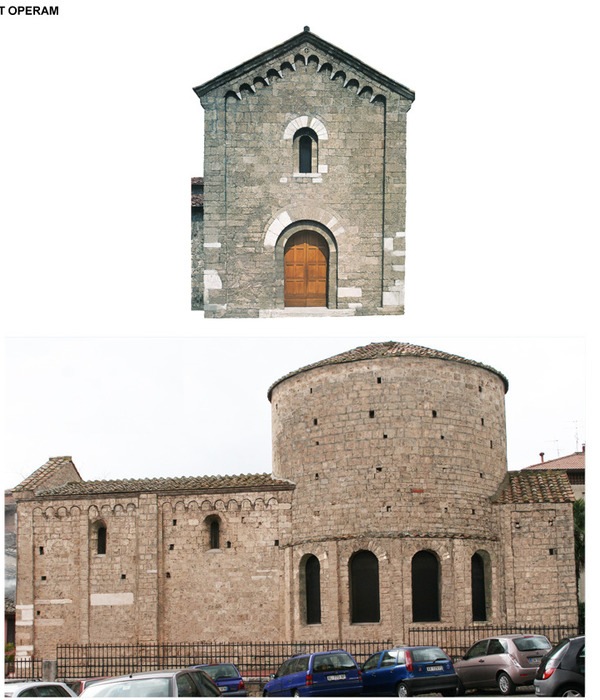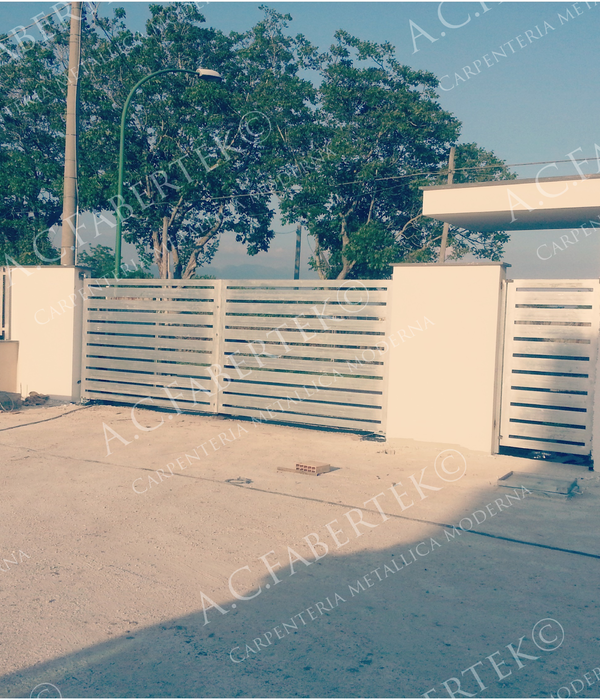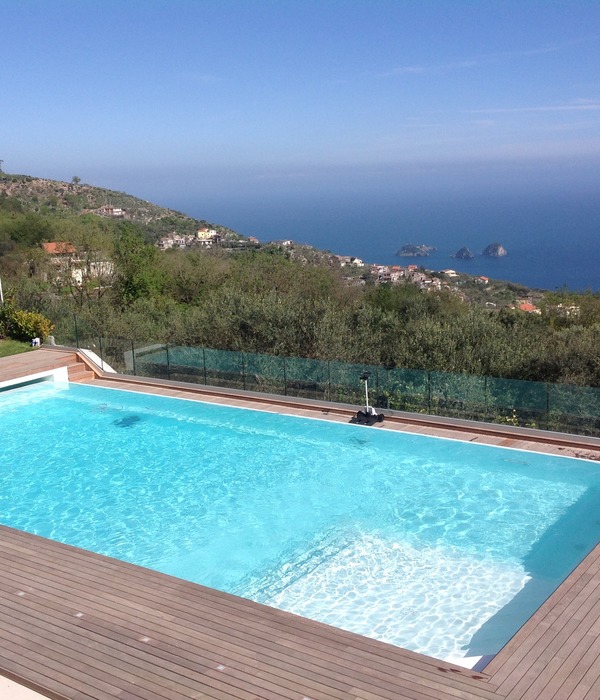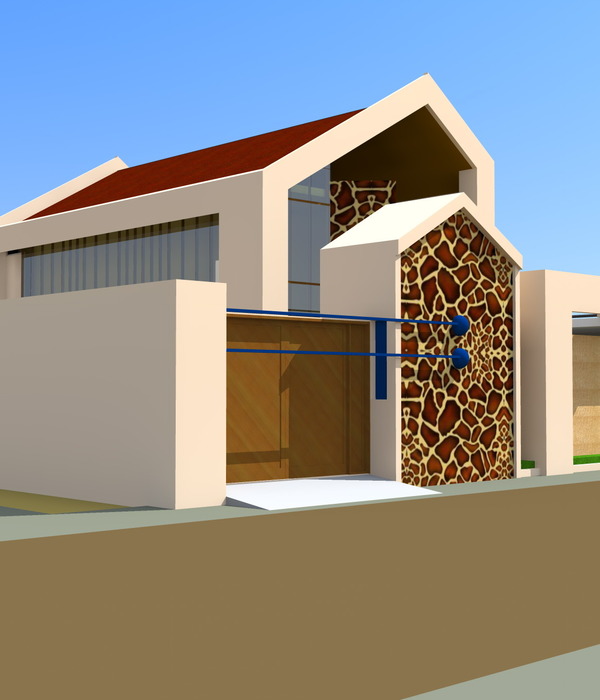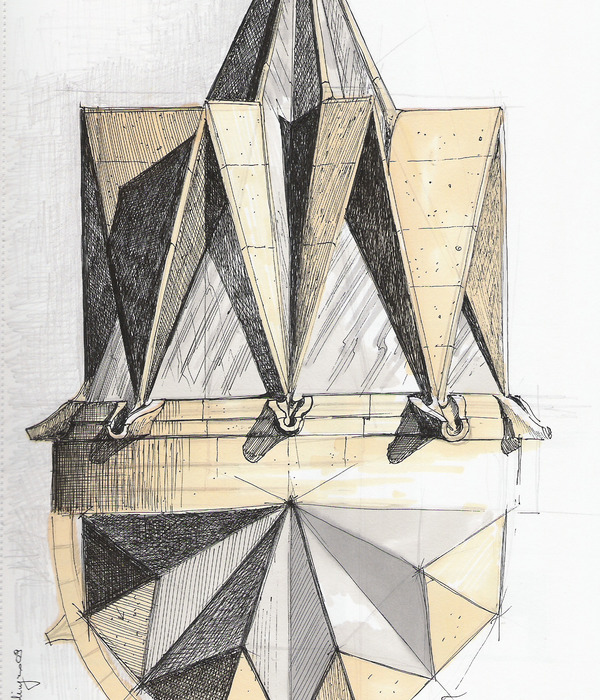布尔诺Zvonarka中央巴士站的再设计项目由建筑师发起于2011年,它为场地重新寻回了最初的粗野主义特征,同时也体现了CHYBIK + KRISTOF事务所在建筑遗产保护方面的长期实践成果。该车站在布尔诺的城市社会结构中发挥着核心作用,为此,建筑师们也致力于通过该项目展示他们在推动建设性的社会变革上所付出的责任与承诺。
Initiated by the architects in 2011, the redesign of Brno’s Zvonarka Central Bus Terminal brings to light the site’s original Brutalist identity – and CHYBIK + KRISTOF’s longstanding engagement in preserving architectural heritage. Receptive to the station’s central role in the city’s social fabric, the architects demonstrate their responsibility and commitment to driving constructive social change.
▼Zvonarka中央巴士站外观,Exterior view of the Zvonarka Central Bus Terminal, Brno
在对巴士站进行重新设计和修复的过程中,既有的粗野主义结构——钢制的承重框架与混凝土屋顶——以及原有的建筑风格特征均得到了积极的保护,反映出CHYBIK+KRISTOF事务所团队为延续建筑遗产所做出的努力。该项目为如何重新利用衰败的交通枢纽和公共空间提出了适时的解决方案:透明度与可达性被视为整个设计的根本,最终目的是将巴士站改造为一个能够适应当前社会需要的功能实体。
CHYBIK + KRISTOF ARCHITECTS & URBAN DESIGNERS announce the completion of the redesigned Zvonarka Central Bus Terminal in Brno, Czech Republic. Self-initiated in 2011, this redesign and restoration project saw the architects actively engage in preserving the existing Brutalist structure – a steel supporting frame and concrete roof – and its original architectural identity, reflecting CHYBIK + KRISTOF’s commitment to perpetuating architectural heritage. Stressing the station’s central role in the city and region’s sociocultural fabric, they address the urgency to rethink the use of a decaying transportation hub and public space. Placing transparency, and access, at the root of their design, they have transformed the bus terminal into a functional entity adapted to current social needs. Underlining the social awareness that consistently informs their projects, CHYBIK + KRISTOF affirm architects’ responsibility in acting as agents for positive social change.
▼建筑主立面,Main facade
布尔诺Zvonarka中央巴士站建造于1988年,它与布拉格知名的Praha酒店以及Transgas大楼一样,一直被认为是捷克共和国粗野主义建筑遗产中最成功的案例之一。
Akin to the internationally renowned Hotel Praha and Transgas buildings in Prague, Brno’s Zvonarka Central Bus Terminal, built in 1988, has long been considered one of the notable remaining examples of the Czech Republic’s Brutalist architectural heritage.
▼巴士站原始手绘(1984),Original drawing of the Zvonarka Central Bus Terminal, 1984
▼巴士站原貌(1984),Original condition of the Zvonarka Central Bus Terminal
在构思项目时,CHYBIK + KRISTOF首先明确了当时的社会动态,并与不同的利益相关者,包括建筑师、本地与外来的公共实体和私人合作伙伴等进行接触,最终凭借兼顾社会文化与技术的整体方法,提出了一个以用户为中心的、远超于结构施工范畴的理性设计。设计强调了车站作为进入和离开城市的据点的身份,以及它在为城市提供过渡空间和展示窗口方面的重要作用。车站的功能空间根据用户需求进行了重新设计,旨在加强车站作为城市社会神经的本质属性,使其进一步融入周围的城市结构,并激发新社会动力的产生。
The Zvonarka Central Bus Terminal mirrors CHYBIK + KRISTOF’s profound social awareness in conceiving their projects. First identifying the ongoing social dynamics, they engage with diverse stakeholders – architects, public entities and private partners, local and external. Adopting a holistic sociocultural and technical approach, they ultimately bring forward a user-centered, conscious design – one that moves beyond the mere construction process. Stressing the station’s role as the point of entry into and departure from the city, they outline the significance of this transitional space, as transportation hubs increasingly come to act as windows onto cities. All-the-while conceiving a functional redesign receptive to users’ needs, the architects cultivate the station’s essence as the city’s social nerve, envisioning how to further integrate it in the surrounding urban fabric and invite new social dynamics within it.
▼原始的钢制承重框架与混凝土屋顶得到保留,The steel supporting frame and concrete roof of the existing Brutalist structure has been preserved
基于以上原则,CHYBIK + KRISTOF同时从建筑师和城市公民的角度考量了既有与预想、公共与私人、功能与体验之间的内在关系、细微差异以及协同效应,并且始终强调车站作为交通枢纽的核心作用——在这里,每天有来自超过820个国际交通站点的1.7万名乘客从这里通行。
True to these two engagements, CHYBIK + KRISTOF position themselves as both architects and citizens of this urban space. In doing so, they consider the inherent relationships, nuances and synergies between the existing and the envisioned, the public and the private, the function and the experience – all-the-while stressing the station’s primary role as a transportation hub, through which over 820 regional, national and international connections and 17,000 passengers transit each day.
▼粗野主义建筑元素与起伏的弧形内部结构形成鲜明对比,The raw Brutalist elements contrast their angularity with an organic wave
透明度是新设计中的一个基础要素。为了向原建筑师Radúz Russ表示敬意,车站特有的粗野主义元素——钢制承重框架和混凝土屋顶得到保留和凸显,其刚硬的外观与起伏的弧形内部结构形成了鲜明的对比,后者所体现的是车辆与乘客的顺畅流动。不仅是观感上,建筑结构本身也被赋予了透明性,通过拆除部分墙壁,大量引入的自然光线唤起了人们对无障碍性、安全性以及舒适性的关注。
Transparency is at the root of their new design. Paying homage to its original architect Radúz Russ, they proudly expose the station’s characteristically raw Brutalist elements – a steel supporting frame and concrete roof – contrasting their angularity with an organic wave that mirrors the seamless flow of vehicles and passengers. They also turn to structural transparency, removing walls and favoring light as evocative of access, safety and comfort.
▼透明的观感,The transparent appearance of the terminal building
顺应建筑既有的正方形平面,主厅空间被重新规划为一个无墙壁的开放式场地。双面的屋顶覆盖着一体化的空间,容纳了一系列独立的巴士站点,而外部区域则用作巴士的停泊空间。为了使车站充分向城市开放,1990年代增加的临时结构被拆除,同时在街道层设置了进入车站的第二个入口。原本已经磨损的主结构被重新刷成白色,并安装了新的灯具。此外还引入了新的问讯处、售票&候车区、站台以及可供残障人士使用的导向系统。通过以上设计,CHYBIK + KRISTOF将旧建筑改造成了动态且功能完善的社会枢纽,使本地和外地乘客能够不受限制地自由通行。
▼设计示意,Diagram
Following the original square floorplan, they reconfigure the main hall as an open structure devoid of walls. A two-sided roof, the inner space houses the individual bus stops while the outer area serves as a parking space for buses. Eager to open up the terminal onto the city, the architects remove the temporary structures added in the 1990s and erect a second entry to the station at street level. Adding new light fixtures onto the main worn-down structure, which they repaint in white, they introduce a new information office, ticketing and waiting areas, platforms, and an orientation system accessible to the disabled. Through this design, CHYBIK + KRISTOF transform the building into a dynamic, functional and intrinsically social hub, channeling an unrestricted flow of locals and passengers alike.
▼车站内部视角,Interior view
▼售票&候车区,Ticketing and waiting area
▼场地平面图,Site plan
▼轴测图,Axon
▼平面图,Plan
Zvonarka Central Bus Terminal
Zvonařka 411
617 00 Brno
Czech Republic
Project Team: Ondrej Chybik, Michal Kristof, Ondrej Svancara (Project Leader), Ingrid Spacilova, Adam Jung, Krystof Foltyn, Martin Holy, Laura Emilija Druktenyte.
{{item.text_origin}}






